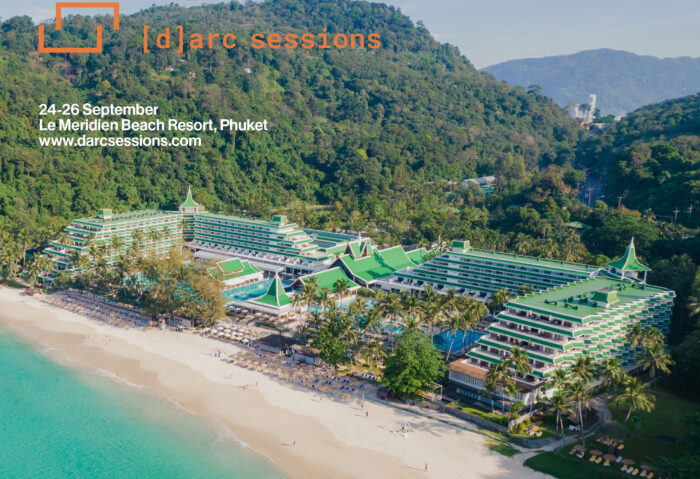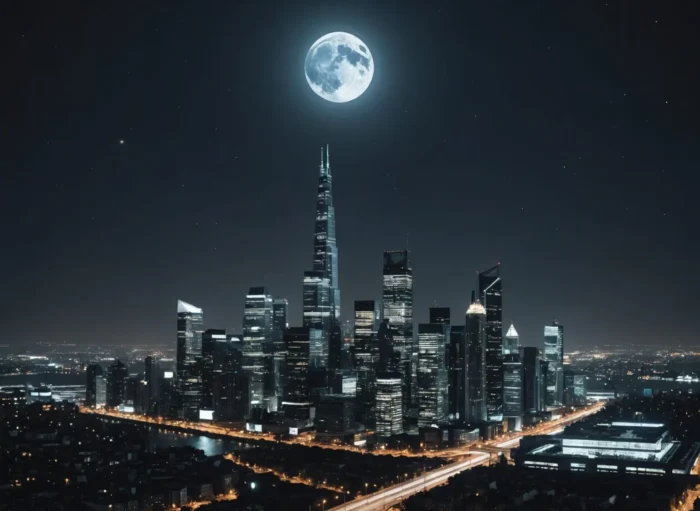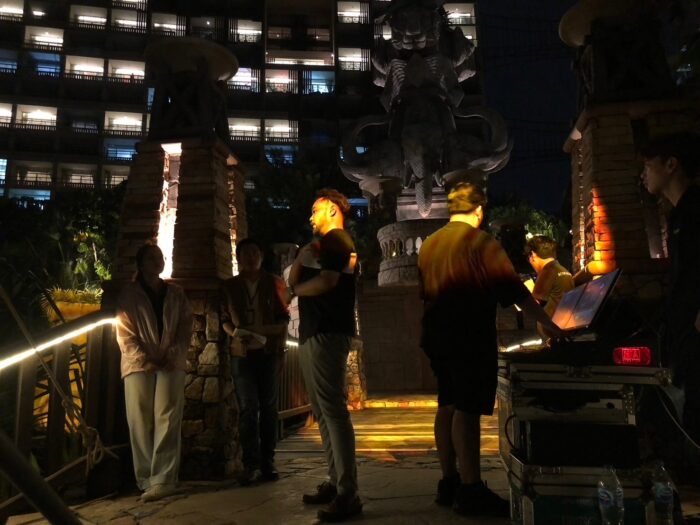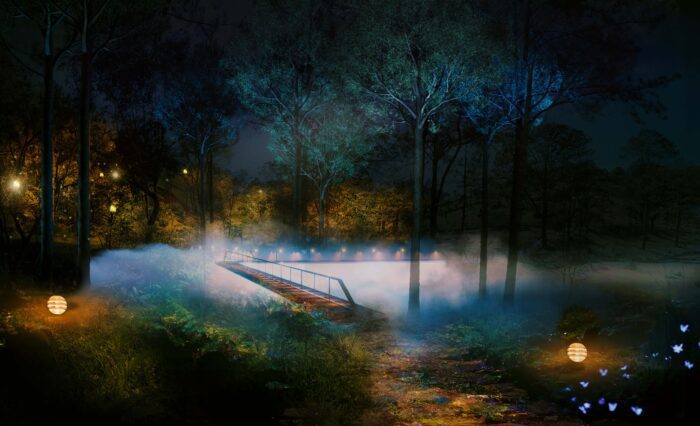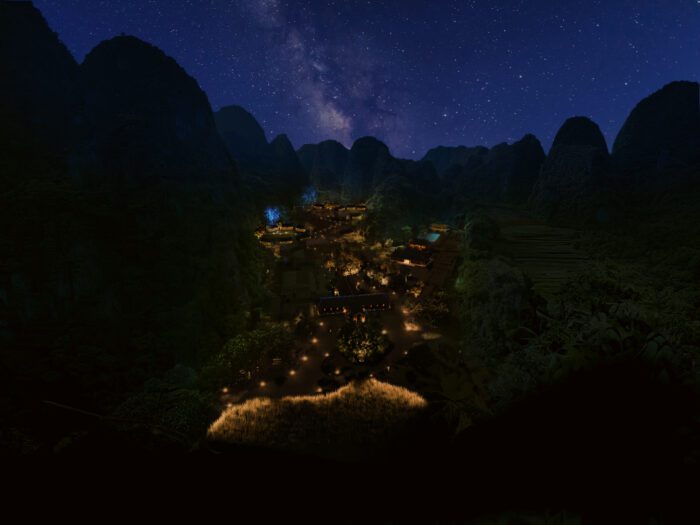🌟Returning from the Urban Lighting workshop in Seoul, I was able to introduce a fresh perspective on urban lighting. This...
Read MoreScenoLight Atelier – Architectural & Experience Lighting
LIGHT AND WELLNESS: A CIRCADIAN APPROACH TO THE HOSPITALITY FIELD
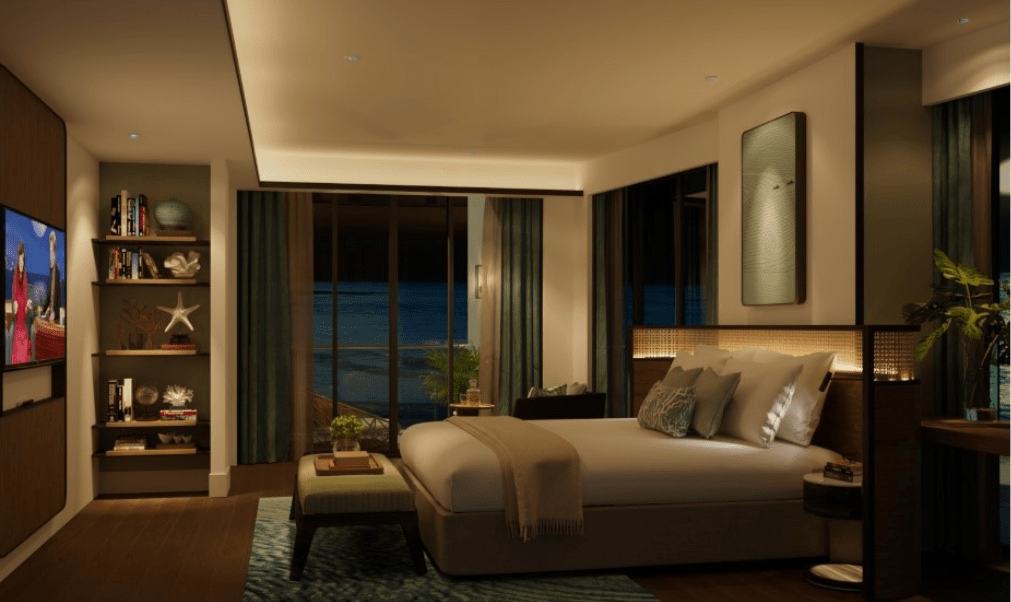

Lighting for hotels, boutique hotels and resorts is a major topic nowadays for the developers and operators in the Hospitality industry because it plays an important role that able to decide whether the guests’ experience and the atmosphere of the space positive.
It is also a primary subject for lighting designers as lighting applied to the hospitality gathers various constraint and requirements in a single project. Each area such as lobby, guestrooms, restaurants, spas, conference rooms, etc. requires its specific lighting set-up and equipment standard. To lighting designers, this is the challenge and the impulse to ensure that the practical management and maintenance of the operational team can provide the qualitative lighting environment for the guest – what we call Feeling of Wellness.
DOES LIGHT HAVE AN IMPACT ON HUMAN BODY AND MIND?
Light by nature has an invisible impact on our body and mind through multiple variations. Researches show that our eyes ‘cells respond differently to particular wavelengths of light and send the information to our brain to regulate our alertness and sleepiness levels.

Our first light source is the sun, which emits a spectrum of light with high blue wavelength content during daytime, telling the brain that it is daytime and signaling the body to be alert, while the yellow tones corresponding to sunset generate relaxation. This natural cycle of light is called a circadian rhythm, and from a lighting designer point of view, the goal is to match the natural environment with proper use of color temperature from artificial light, expressed in degree Kelvin, or more commonly named cold to warm light. Then, the flexibility of the lighting installation is also very important to be accurate with the actual needs of the guests, from the public areas where lighting has to be adapted to the day and night time, to the guest rooms where light has to be easily adjusted by the guest for his personal mood.

THE PROPER WAY TO APPLY LIGHTING IN INTERIOR ARCHITECTURE
Lighting designers are always looking for different ways to get the comfort and legibility of space, while generating a specific atmosphere and an aesthetic combination with the interior architecture.
Our first analysis and discussion are about natural light, which is necessary to be controlled for some specific areas. Then the more direct aspect extracted from the circadian rhythm is the choice of the color temperature, mostly in the warm range, combined with cold white for predefined tasks areas, or for some entire space that required to be flexible in terms of function, as ballrooms. Light manufacturers also have this concern about the color temperature and the specific requirements for flexibility, so they developed a dedicated range of products called tunable white. Once these technical aspects defined, all the art of lighting design is about combining the decorative light sources with indirect, task lights and focal sources, in order to generate a full lighting environment form the main entrance to the guestrooms that keep a coherent atmosphere signature.
Hotel category, budget, operation guideline and maintenance constraints, all these aspects are particular to each project. Hotel brands are also looking for innovation and up-gradation of their own standard. Wellness through lighting for hospitality requires experience and attentive studies. Therefore, lighting designers are at this position to collaborate with the operator and other consultants to involve in the design as well as propose the best solution that should be able to answer globally to these various goals.
Credits:
- Novotel Sea Tower, Vietnam
- M Gallery hotel, Vietnam
- Product tunable white luminaire, RCL lighting
- Writer : Tram Do, Lighting Technician
Recent articles
DARC SESSIONS PHUKET
Our Director Cyril Lamy had the privilege of participating in a discussion panel addressing light pollution issues in Asia along...
Read MoreNIGHTSCAPE | THEMATIC APPROACH
https://youtu.be/TpktLUKycwM As a lighting designer with a background in architecture and scenography, our method of lighting design has always incorporated...
Read MoreEXPERIENCE LIGHTING TESTING
😍 We love this step in our design process when it comes to test our lighting effects on site !...
Read MoreOUTDOOR ART LIGHTING EXPERIENCE
https://youtu.be/zT4kbQmD0-c 🌟 Exciting news! Delve into the enchanting world of outdoor natural light experiences with us as we unveil the...
Read MoreNIGHTSCAPE DESIGN | CASE STUDY
https://youtu.be/XaQC0DQ59Vk Our Nightscape Design Approach | Case Study in Vietnam Embarking on a nightscape lighting design involves a delicate balance...
Read More
